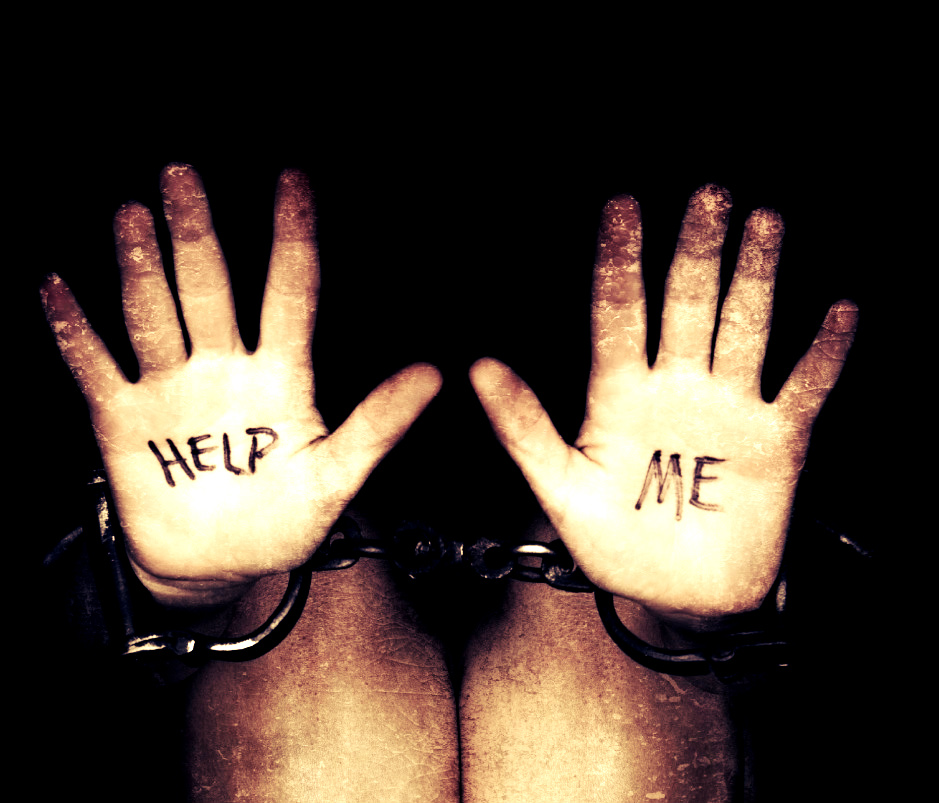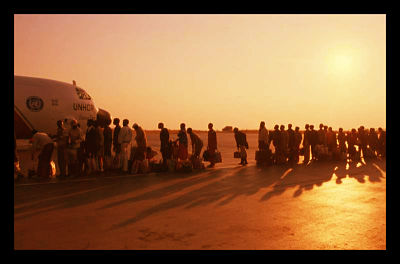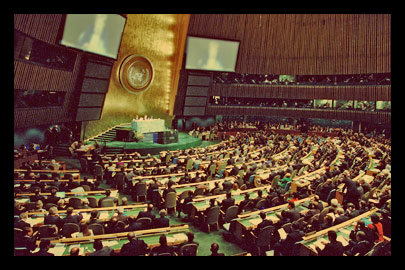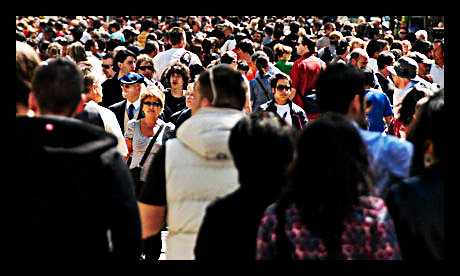
With the deadline for the Millennium Development Goals set at the end of this year, the final results will be mixed. Some targets have been met, while others have fallen short. Regardless, having the development goals in place has undoubtedly led to tangible progress on all fronts.
A U.N. panel, co-chaired by British prime minister David Cameron and the presidents of Indonesia and Liberia, last week released a report outlining a set of new goals with a target of the year 2030. These goals are based on the original Millennium Development Goals, and are listed as follows:
- End poverty
- Empower girls and women and achieve gender equality
- Provide quality education and lifelong learning
- Ensure healthy lives
- Ensure food security and good nutrition
- Achieve universal access to water and sanitation
- Secure sustainable energy
- Create jobs, sustainable livelihoods, and equitable growth
- Manage natural resource assets sustainably
- Ensure good governance and effective institutions
- Ensure stable and peaceful societies
- Create a global enabling environment and catalyze long term finance
There are certain ‘absolute’ goals, including the elimination of poverty and universal access to water and sanitation. With the previous target of halving extreme poverty successfully reached ahead of schedule, the goal now is to eliminate that remaining 20% of the world living below the line.
One conspicuous absence from the goals is a specific commitment to addressing economic inequality. Even as extreme poverty is being reduced globally, the gap between the richest and poorest citizens of the world is widening. Consumption by the lowest billion amounts to 1% of global figures, while the richest billion account for 72%. With this gap constantly widening, it’s doubtful whether goals to eliminate poverty can ever truly be met. Wealth redistribution would an effective tool at addressing the poorest parts of society.
These revised development goals will be presented by the panel at the U.N. General Assembly in September, with the intention of agreeing on a clear yet ambitious framework and allowing time for its implementation by the beginning of 2016.
– David Wilson
Source: The Guardian,UN









